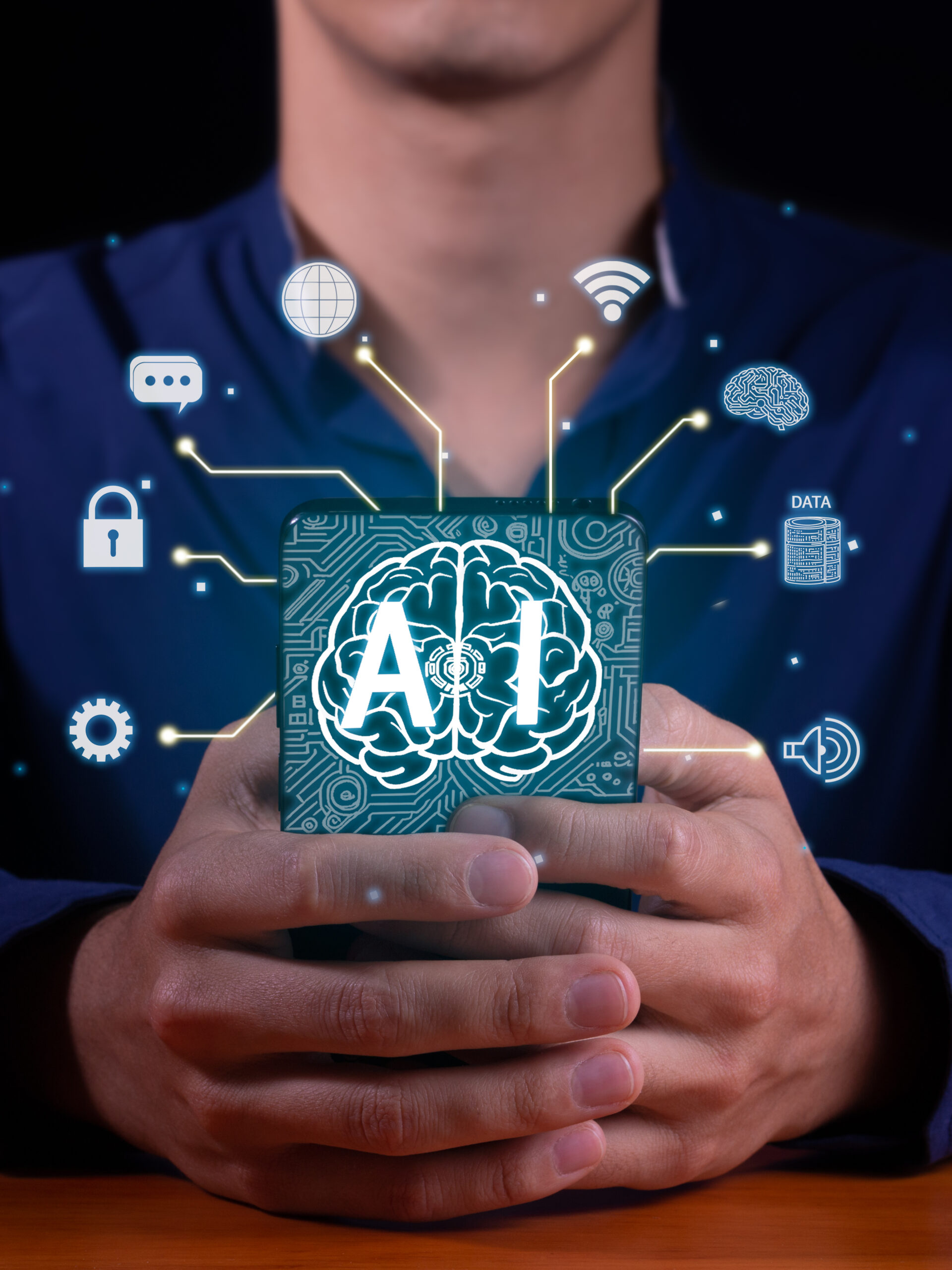Artificial intelligence is one of the most hyped technologies in software today—and for good reason. When applied correctly, it can automate complex tasks, surface valuable insights, and personalize user experiences in ways that traditional logic can’t. But in custom app development, AI is not always the game-changer it’s made out to be.
Many business leaders go into AI-powered app projects expecting seamless automation and smart decision-making out of the box. The reality is more complicated. AI has very real limitations—and if you don’t plan around them, you risk blowing your budget, frustrating users, or launching a product that simply doesn’t deliver.
In this post, we’ll break down the key areas where AI often falls short in custom software projects—and how to plan around those gaps to build smarter, more resilient applications.
Where AI Often Falls Short in Custom Development
Understanding AI’s boundaries is the first step in setting realistic goals for your application. Let’s explore some common areas where AI performance can disappoint—especially when it’s not supported by the right strategy.
Understanding Context or Intent
Despite its name, artificial intelligence isn’t truly intelligent. AI models—especially those used in chatbots, content recommendations, or predictive tools—are pattern-matching engines, not conscious agents. They struggle with subtlety, sarcasm, shifting context, or emotional nuance.
If your app needs to interpret human language, understand goals that change mid-session, or make context-aware decisions, AI alone likely isn’t enough. For example, a support chatbot might handle FAQs well but fail completely when the user deviates from expected phrasing or asks for help in an unusual way.
Dealing with Incomplete or Biased Data
AI is only as strong as the data behind it. If your app depends on AI for forecasting, recommendations, or automation, but the input data is inconsistent, sparse, or skewed, the results will be too.
Many companies underestimate how much effort goes into preparing usable training data. Worse, they overlook hidden biases—such as historical hiring data that reflects past discrimination or customer behavior data that excludes minority segments. These blind spots can cause inaccurate outputs or even regulatory issues, especially in finance, healthcare, or legal apps.
Long-Term Learning and Maintenance
One persistent myth is that AI systems “learn over time” without intervention. In truth, most AI models degrade in accuracy over time unless they’re monitored, updated, and retrained using fresh data.
Changes in user behavior, seasonal trends, or platform updates can all throw off predictions or recommendations. Without a plan for continuous learning, even a well-trained AI feature can become outdated and unreliable within months.
Generalization and Edge Cases
AI thrives in environments with repeatable patterns—but apps often live in the messy, unpredictable real world. Edge cases, unusual behaviors, or one-off scenarios can quickly trip up even sophisticated models.
For example, a fraud detection system might misclassify an entirely legitimate transaction because it doesn’t fit the typical pattern. Or a customer support AI might confidently give the wrong answer to a question it’s never seen before. These failures may seem small in development but can damage user trust fast in production.
Why These Gaps Matter for Your App
When AI underperforms, the impact isn’t just technical—it’s strategic. Unreliable AI can confuse users, frustrate teams, and result in features that need to be reworked or scrapped entirely. In some cases, business leaders end up investing significant time and resources into building AI-powered tools that add little or no actual value.
Missed expectations can also erode stakeholder confidence, delay launches, and inflate budgets. And once an AI model is embedded into the core of an app, fixing those mistakes is far more expensive than planning around them from the beginning.
How to Plan Around AI’s Weaknesses
Fortunately, most of these challenges are manageable—if you anticipate them. Here are some ways to design AI into your app responsibly, without overcommitting or oversimplifying what it can do.
Build AI as a Tool, Not the Core Product
The most resilient apps treat AI as an enhancement—not the entire foundation. If your app’s core functionality depends on perfect AI behavior, you’re taking on unnecessary risk. Instead, use AI to improve speed, surface insights, or simplify workflows—but keep the core experience functional without it.
For example, rather than letting AI fully automate customer service, use it to assist human agents by summarizing issues, suggesting replies, or routing tickets.
Include Fallbacks and Human Oversight
Always plan for what happens when AI fails—or isn’t confident in its prediction. This could mean reverting to manual review, flagging uncertain outputs for human input, or providing an alternate workflow.
Adding transparency (e.g., confidence scores or explanation messages) helps users understand what the AI is doing—and when to override it.
Prioritize Data Strategy Early
Before committing to AI development, audit your data:
- Where is it coming from?
- Is it clean, complete, and relevant?
- Will you be able to continuously collect and label new data?
AI success depends less on algorithm selection and more on data readiness. If your business lacks clean, structured data, it’s better to invest in fixing that before layering on AI.
Start Small, Iterate Often
Instead of rolling out a full-featured AI system, start with narrow use cases. Build one well-targeted AI feature, validate it with real users, and learn from the results before expanding.
This incremental approach reduces risk and helps you make decisions based on performance, not assumptions. It also provides fast wins that build stakeholder confidence in the broader strategy.
Plan Smart, Not Just Smart-Looking
AI can be an incredible asset in custom app development—but only if you understand its limits. Treating it as a cure-all is a recipe for disappointment. Instead, approach AI as one tool among many, and design your app to work with or without it.
The best AI-enhanced apps are the ones that anticipate failure, design for flexibility, and treat data as a first-class priority. By planning for the weaknesses as much as the strengths, you’ll create more stable products, deliver better experiences, and avoid the costly traps that catch so many businesses off guard.



